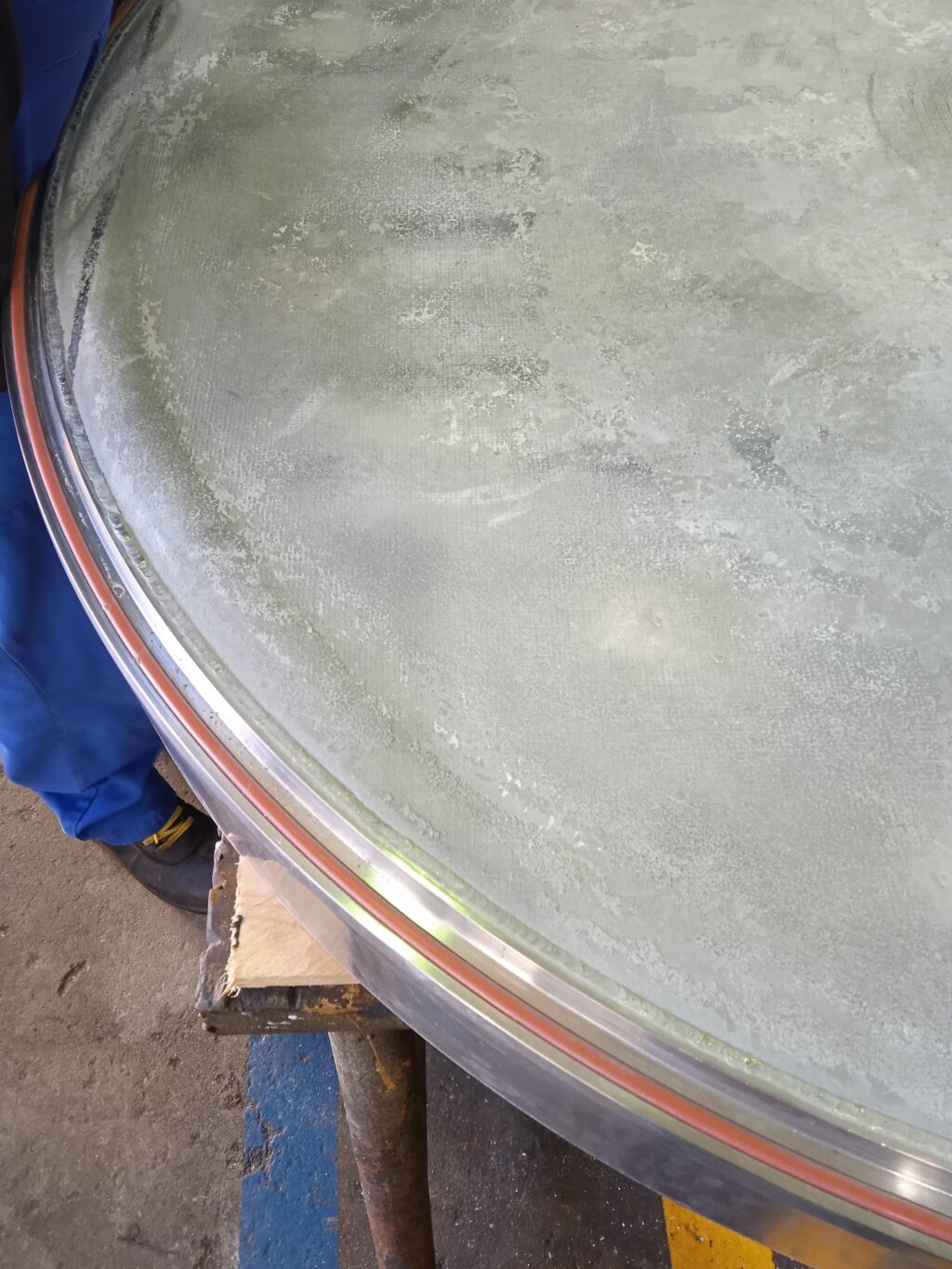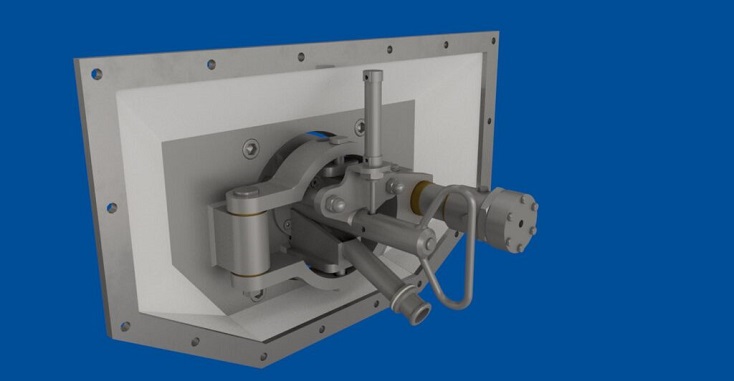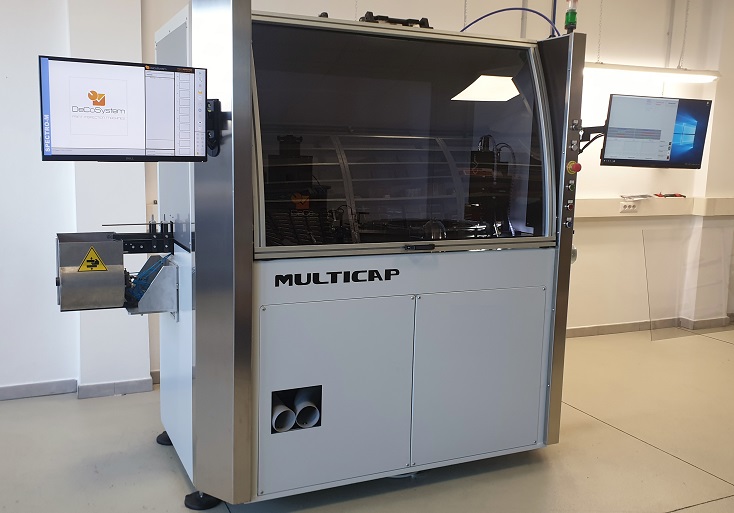
Case study – Process issues and an update from sintered sheet to fabric filter
Problem
When Delta initially built a Nutsche filter dryer for an Italian API producer several years ago, the machine was designed to be operated as per its typical use: with a dried solid as the final product.
Over time, the customer decided to change its production and wanted to use the Nutsche filter dryer to separate out the liquid, which would be the new product moving forward.
The challenge was that the product needed to be kept between 90°C and 98°C, since at low temperatures it would become a solid, and at higher temperatures, its chemical features would change and it would become unusable.
The Nutsche filter dryer was initially equipped with a standard multi-layer metal filtering sheet, directly heated by a coil where a heated liquid was blown.
When the customer began trials with the new product, prior to putting the machine into service, some issues were discovered:
- The limestone that was being used as support during the reaction, and which had to be separated from the product, tended to clog the multi-layer filtering sheet. It remained between the layers and was difficult to remove
- The liquid, after dripping through the filtering sheet, fell on the flat bottom, where it was no longer directly heated. As a result, part of the product was turning to a solid, and slowly it clogged the space between the flat bottom and the filtering sheet
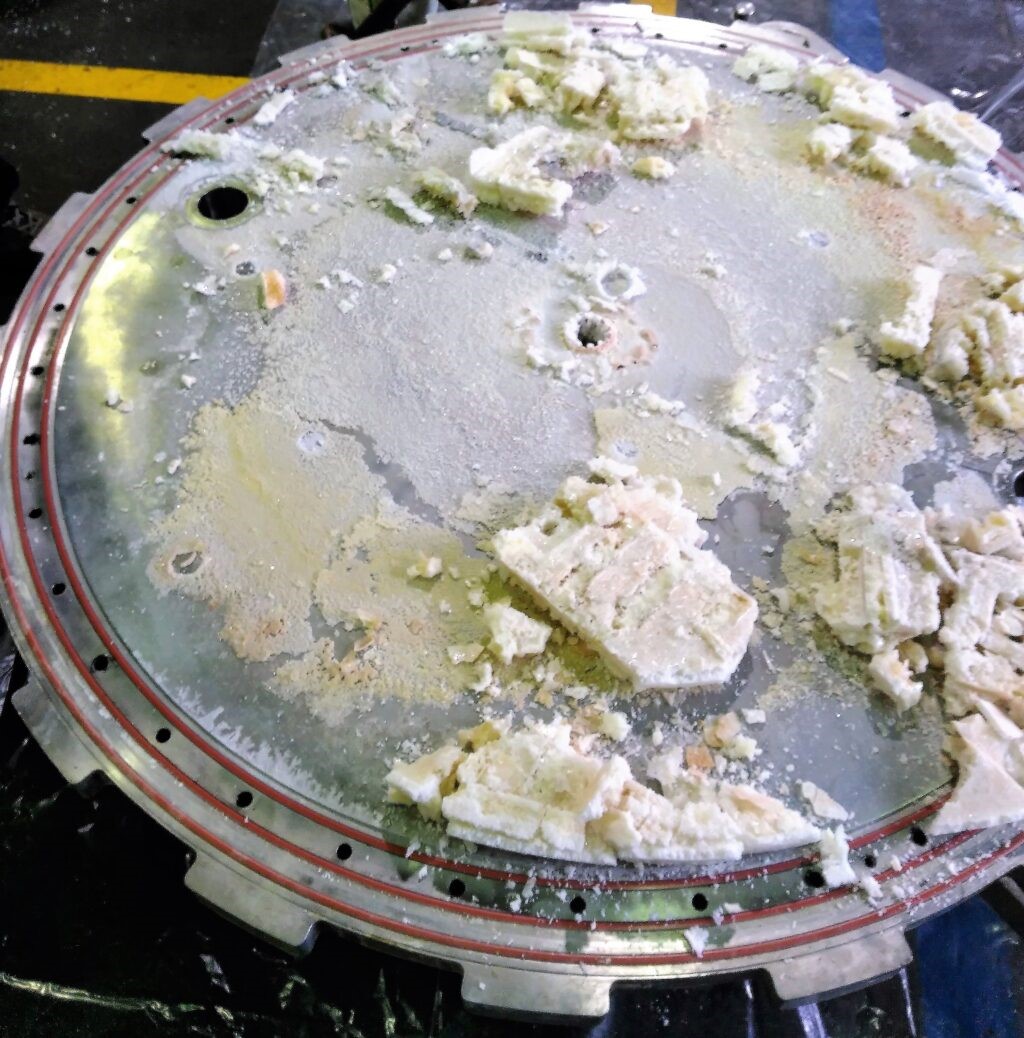
Solution
As the production campaign was already scheduled (and consequently the plant couldn’t stop), Delta technicians and the local maintenance service found two solutions:
Interim Solution:
- The team covered the sintered layer with a fabric filter, fastened to the machine using the compression between the bottom and the body.
- The local maintenance service team added an external auxiliary electric heating system to the flat bottom.
Permanent Solution:
- The flat bottom was equipped with a half-coil heating system and sanitary insulation.
- The filtering sheet was modified, allowing for the installation of a fabric filter with requisite features.
The supporting flange was machined for the installation of a perforated disk supporting the fabric filter. The fabric filter fastening was created using a peripherical ring bolted to the perforated disk and the supporting flange.
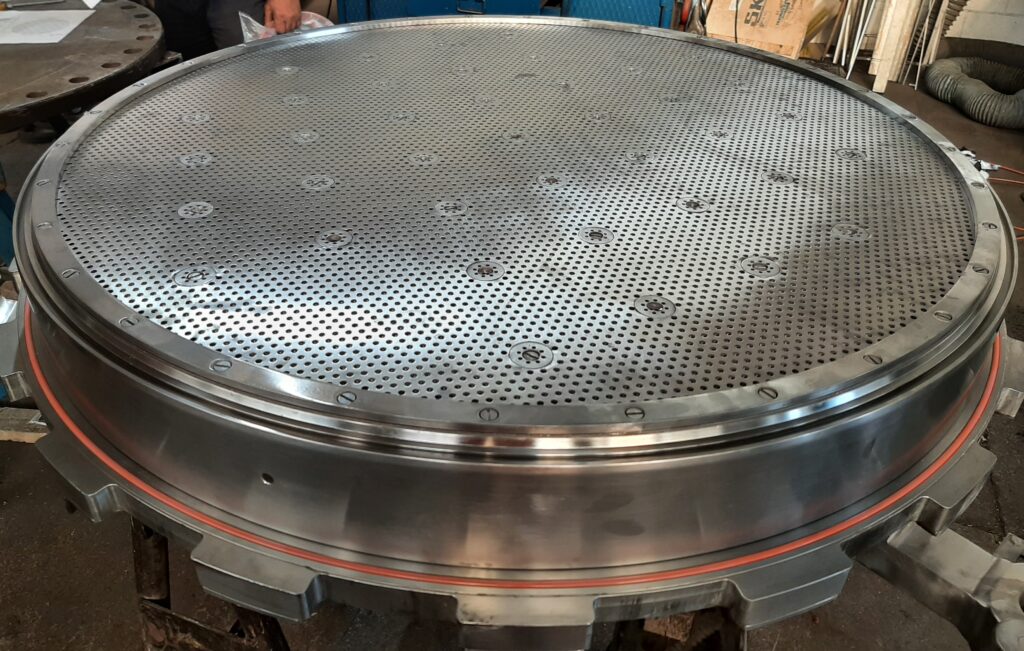
Results
Once the problem had been discovered, the Delta team identified a short-term solution, and then shared, modified, and validated it with the the customer maintenance service team in a very short time.
Once the machine was pulled from service for its yearly shutdown, the permanent solution was ultimately implemented, and was completed within two weeks. This allowed the customer’s production to start according to schedule.
Normally, use of a fabric filter implies some differences compared to that of a standard sintered sheet:
- Operation is more difficult, since there is a need for regular intervention to replace the filtering media
- A longer time is needed for maintenance, for regular inspection of the space under the filtering sheet.
To minimize these issues, the Delta Technical Team proposed a filtering sheet supporting and fastening system involving a few bolts that could be removed using standard tools. This allows filtering sheet replacement and the complete machine inspection to occur in a short time and by a single operator.
Ultimately, the provided mechanical solution not only solved a process issue, but also improved overall operation of the machine.
